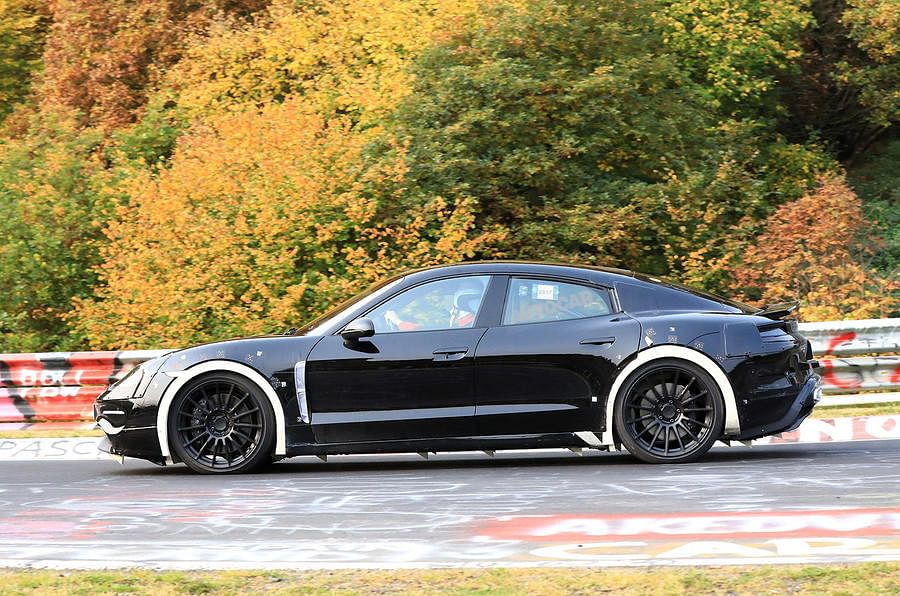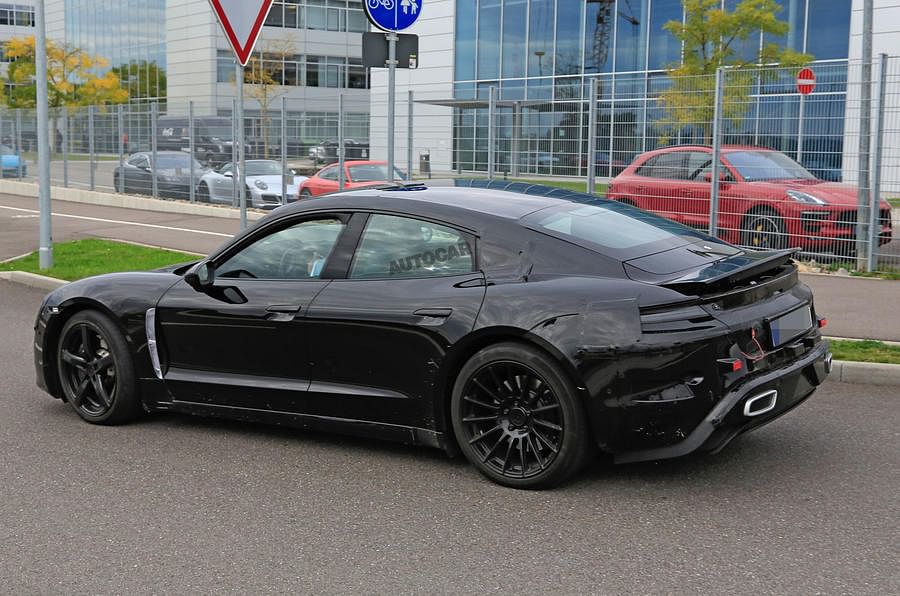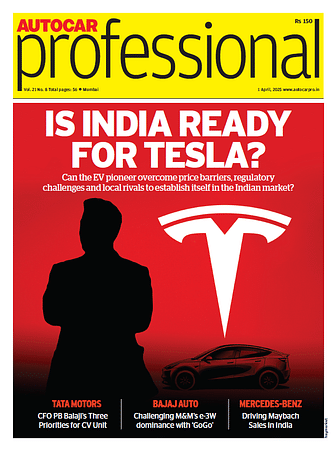Porsche Mission E due with Level 4 autonomy and 15 min fast-charging
Porsche's all-electric rival to the Tesla Model S is scheduled to go on sale in 2019; it'll spawn multiple variants.
Porsche is pushing hard to ensure its Mission E electric sports car makes it into showrooms in 2020 with technology to enable fast-charging to 80% in just 15mins.
The brand's first EV model, recently spotted testing in Scandinavia and due for a reveal at the end of 2019, will feature 800V charging technology that is intended to future-proof it for several years after it hits the market. The car will use a lithium ion battery pack that powers two electric motors, which form part of new electric architecture called J1.
Power from the Mission E's powertrain is expected to at least match that of the Mission E concept, which produced a combined 590bhp to enable a 3.5sec 0-62mph time. Porsche's engineers are working to ensure this straight-line pace is matched by handling worthy of the brand.
WatchVideo:
https://www.facebook.com/autocarofficial/videos/10155651635729023/
Before the winter cold set in, Stuttgart's engineers were based at the Nürburgring to develop and test the car's chassis and suspension settings. Although the four-seater Mission E will be more closely aligned, in terms of character, with the Panamera than pure sports car models like the 911, the Mission E's floor-mounted batteries will give it an extremely low centre of gravity to give it handling more comparable with focused performance machines.
The centrally-located batteries and twin-motor setup will also give the car's technical architecture a better weight balance than combustion engine cars, potentially allowing Porsche's engineers to soften the car's anti-roll bars, aiding ride without hindering handling.
The most recently photographed car is being towed by a Cayenne - breakdowns are common during early phases of testing - and is wearing less camouflage than other development models. Earlier cars were disguised with exhaust tailpipes, which were fake and fitted to conceal the car's identity. A panel of autonomous sensors has also been seen in the car's nose, nestled between what appear to be two sets of louvres in the lower grille. These can be opened to allow battery and brake cooling.

Porsche has been testing its Mission E underpinnings for at least 18 months. The earliest sightings (see gallery) were of a Panamera-based chassis mule testing in the Arctic Circle back in 2016. The development of the car is being headed by Stefan Weckbach, who previously led product strategy and more recently was responsible for the development of the Boxster.
The future Tesla Model S rival's J1 structure is one of three new electric car platforms being developed within Porsche's parent company, the Volkswagen Group. The J1 structure is described as being different in construction to the C-BEV platform planned to underpin sister company Audi’s forthcoming E-tron SUV, which is due for a reveal later this year.

“The J1 has a low floor, while the C-BEV is constructed differently with a higher floor that suits an SUV,” said company chairman Oliver Blume.
Despite the differences in their construction, Blume also confirmed that the production versions of the Mission E and E-tron will feature similar lithium ion battery technology.
Details remain scarce, but Porsche is rumoured to be working with Japanese electronics company Hitachi on the system, which Blume describes as the key to providing the batteries of the production Mission E with an 80% charge in just 15 minutes.

Blume also confirmed that Porsche plans for the Mission E to have Level 4 autonomous driving technology (self-driving in nearly all situations, with driver attention not required), but denied that it would allow fully autonomous driving over longer distances. “There are situations in traffic jams where you will be able to read a newspaper, but our customers take pleasure from driving and this will remain,” he said.
Additionally, Porsche is working on providing the Mission E with software that will allow over-the-air updates such as those pioneered by Tesla with its Model S. “It will be possible to work with over-the-air options,” said Blume. “It isn’t decided yet, but it could be possible to charge up with more power. For example, when you have 400bhp, it could be possible to upgrade to 450bhp."
Blume’s comments indicated that Porsche is planning the Mission E as a complete line-up of models with differing performance levels similar to the strategy undertaken with its current 718 Boxster/Cayman, 911, Panamera, Macan and Cayenne ranges. The brand is using the Mission E to spearhead its growing investment, which has totalled £5.3 billion for electrified vehicle technology. Part of this money has helped to develop a plug-in hybrid version of the next-generation 911.
The brand recently revealed a more rugged version of the Mission E at the Geneva motor show. The Mission E Cross Turismo concept, as it is called, is based on the same platform but raises the ride height and adds an estate body. This version of the Mission E is expected to arrive on roads in 2021.
Also Read:
Porsche to launch its first EV by 2020
670bhp Elextra EV to launch in 2019 as Porsche Mission E rival
RELATED ARTICLES
Aisin to produce hybrid motor for Mitsubishi in Thailand
The hybrid drive motor and gearbox, will be produced at Aisin Powertrain (Thailand) Co for use in the Mitsubishi XForce ...
GM reports strong Q1 sales in China, demand for EVs and hybrids surges 53%
General Motors and its joint ventures in China have sold more than 442,000 units between January and March 2025.
Volkswagen to invest $580 million in Argentina, plots new pick-up truck for South America
Volkswagen is paving the way for the next generation of mid-size pick-up truck as a successor to the Amarok. The new mod...






 26 Jun 2011
26 Jun 2011
 1666 Views
1666 Views
































 Autocar Professional Bureau
Autocar Professional Bureau




